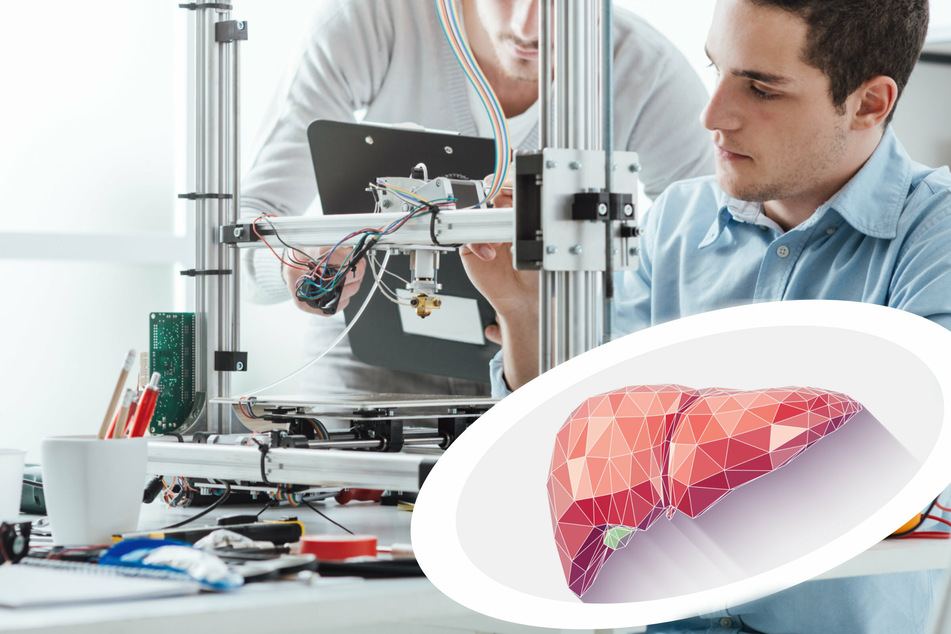Hot off the presses! New bioprinted organs could save lives
Winston-Salem, North Carolina - There's hope on the horizon for people waiting for organ donations. Two teams have successfully printed functioning liver tissue that may one day be used in actual patients.

Instead of patients with organ failure potentially waiting years for a matching donor, they may only have to wait long enough for a new organ to come off the printer.
Two teams from Wake Forest University took on NASA's famous Vascular Tissue Challenge and successfully used advances in 3D printing technology to generate functional liver tissue, according to Engadget.
The two tissue samples created were viable for a month, and were built on gel scaffolds that allowed oxygen and nutrients to flow.
Called "bio printing," a machine deposits cells on top of the scaffolding, one layer at a time, and essentially any shape is possible.
In the future, replacement organs would be printed using a patient's own cells, so there would be no risk of rejection – a miraculous development. Currently, organ recipients must take anti-rejection medications for the rest of their lives, causing sometimes debilitating side effects.
"The value of an artificial tissue depends entirely on how well it mimics what happens in the body," said Lynn Harper, challenge administrator at NASA’s Ames Research Center.
Future developments will be needed to handle waste exchange, and make sure that each organ can do what it does naturally. They include needing to imitate muscle contractions for a heart, enzyme secretions for the liver and other glands, and processing and absorption within the GI tract.
Bioprinting has come far in recent years
One of the teams in Wake Forest's challenge, named Winston, received $300,000 funding from NASA and will have their project sent to the International Space Station for further testing.
The second team was also declared a winner and will continue research with $100,000 in funding, but with no space-bound projects.
Cover photo: Collage: 123RF/Andrea De Martin & 123RF/eranicle
